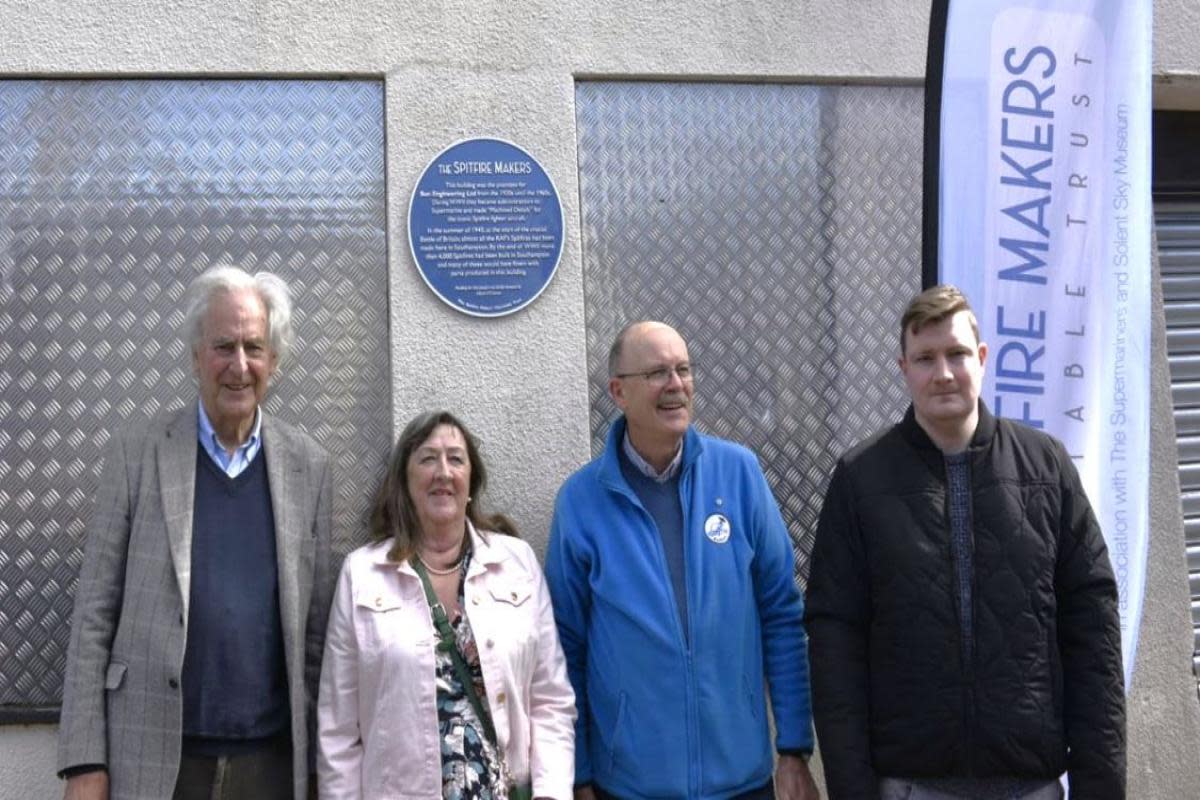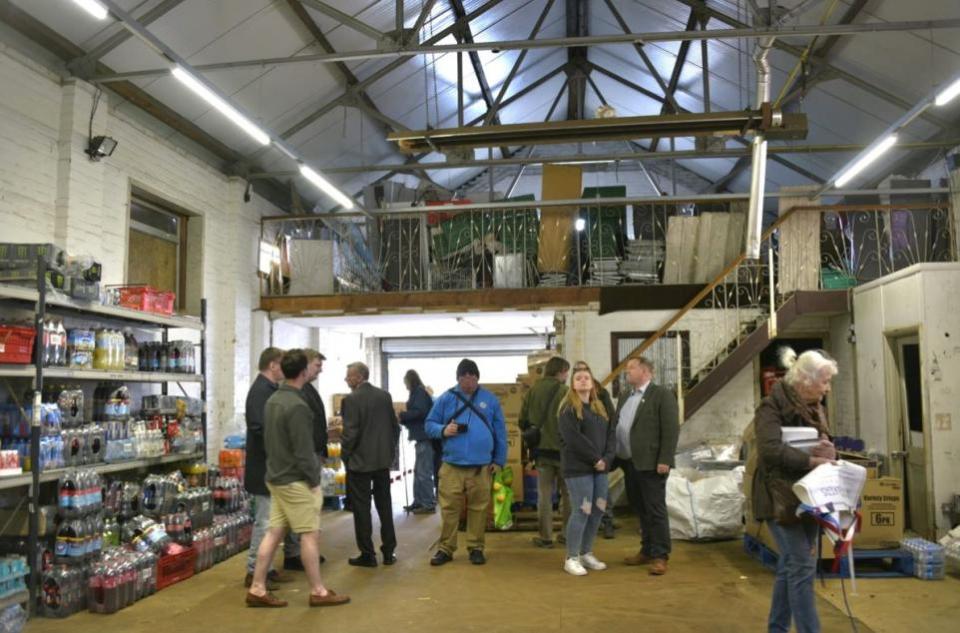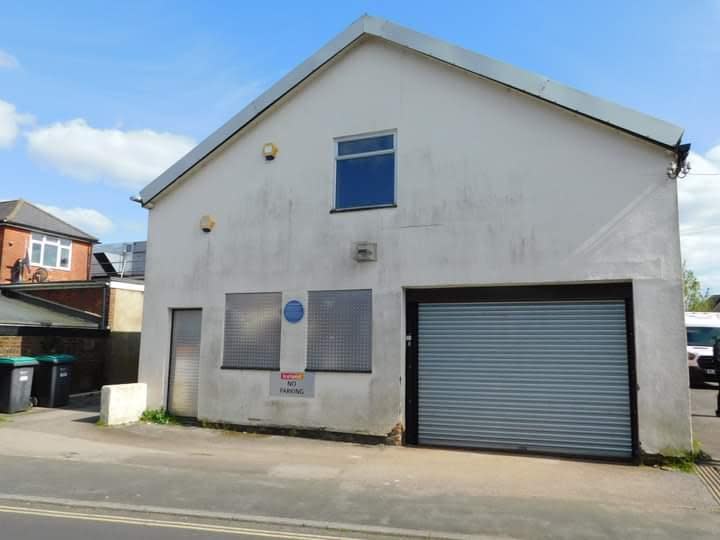Iceland shop's storeroom made Spitfires during World War Two

Campaigners marking the location of undercover factories that helped build Spitfires during the Second World War have unveiled another blue plaque.
Production of the famous fighter aircraft was switched to more than 30 sites in and around Southampton after the Vickers Supermarine buildings at Itchen and Woolston were bombed in 1940.
The Spitfire Makers Charitable Trust has embarked on a project to locate the sites and honour their contribution to the war effort.
The latest plaque was unveiled at the former Sun Engineering Company in Newman Street, Southampton.

The interior of the former Spitfire workshop at Newman Street, Shirley (Image: Spitfire Makers)
A ceremony was performed by David Rule, grandson of Harry Rule, the founder and manager of the company, Robert J True, the great-grandson of James Hall Marsh, who built the premises, and Glynis O’Connor, who sponsored the plaque's manufacture.
More than 30 guests attended the event, including Newman Street residents.
READ MORE: Spitfire Makers honour wartime role played by flight shed at Wide Lane, Swaythling
Spitfire Makers chairman Alan Matlock thanked Brian Hooper, of Shirley Men’s Shed, who put the plaque in place, and Tom Bond, manager of the Shirley branch of Iceland, who helped get permission for the plaque to be put on the shop's storeroom.
After the unveiling guests were able to step inside what was once a secret Spitfire workshop.
Later they gathered at the award-winning Park Inn, where staff provided free sandwiches to go with a Sun Engineering Company celebration cake.

The former Sun Engineering factory in Newman Street, Shirley, was used to make Spitfire parts during the Second World War (Image: Spitfire Makers)
Period images shared by David Rule show the pre-war interior and exterior of the building.
One taken outside the front of the works features members of the Rule family with three young employees. Some of the shops on Shirley High Street can be seen in the background.
READ MORE: Spitfire Makers group plans to mark 80th anniversary of bombing raid that destroyed Supermarine site in Woolston
Two plaques sponsored by Hendy Foundation are due to be unveiled in Southampton in the near future.
They will mark the site of the former Hendy Garage in Vincents Walk, now a student building, and the Cunliffe Owen Aircraft Company in Wide Lane, Swaythling.
Anyone with a family connection to either location and their wartime role is invited to contact the Spitfire Makers for an invitation to the events.
The Spitfire was designed by R J Mitchell, who lived at Russell Place in Portswood.
A total of 20,341 rolled off the production line between 1937 and 1947, more than any other British combat aircraft before or since.
In 1940 Spitfires and Hurricanes played a vital role in the Battle of Britain, Hitler's failed attempt to destroy the RAF and thus pave the way for a Nazi invasion.
Mitchell died aged 42 in 1937. He and his wife Florence are buried at South Stoneham Cemetery.

 Yahoo News
Yahoo News 
